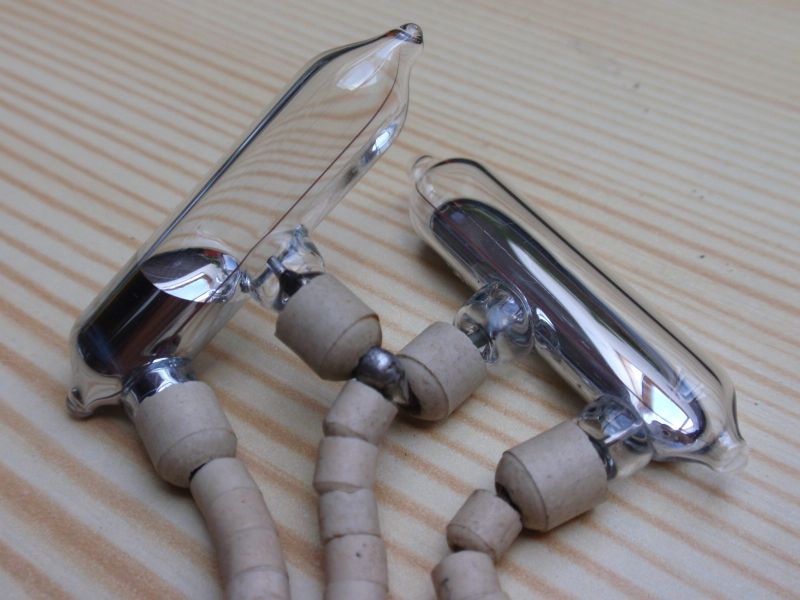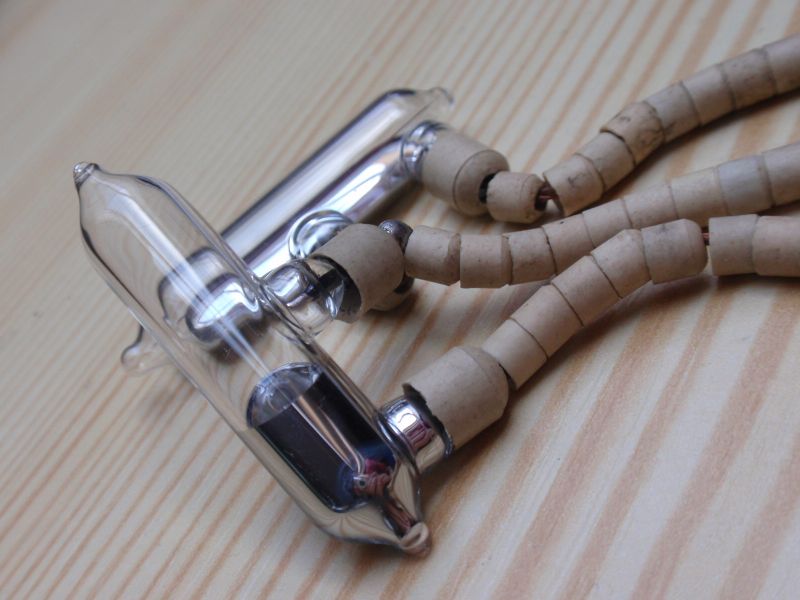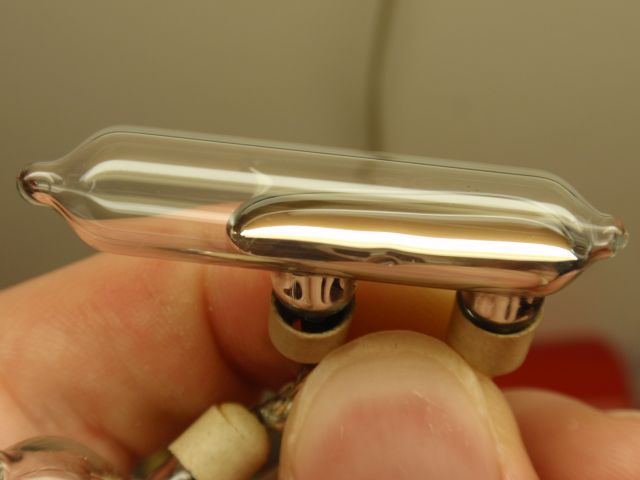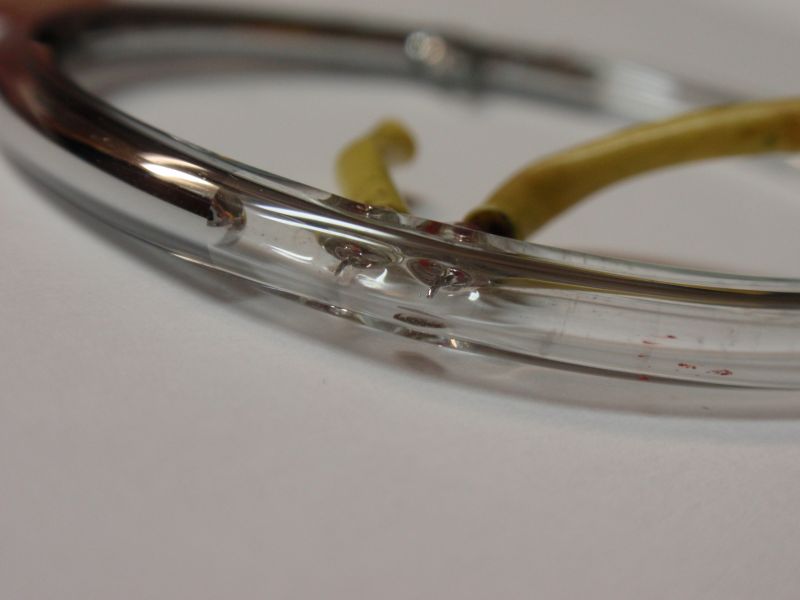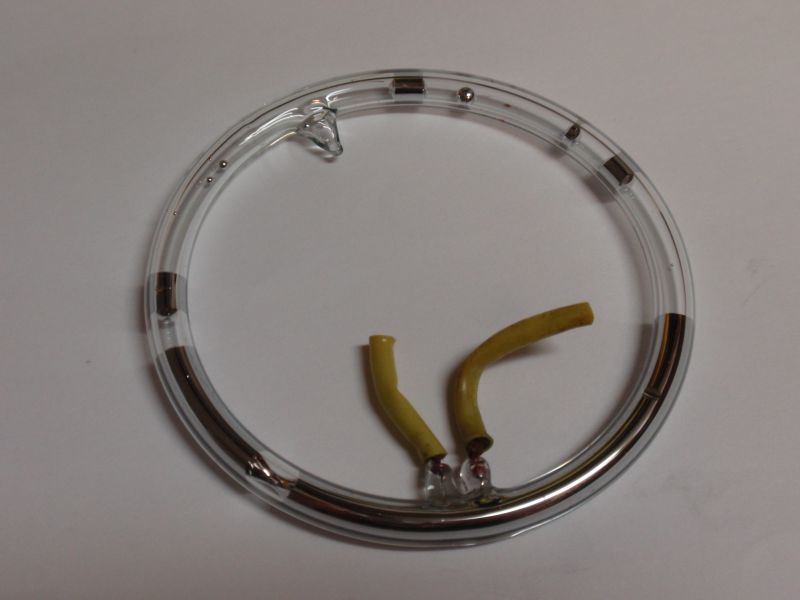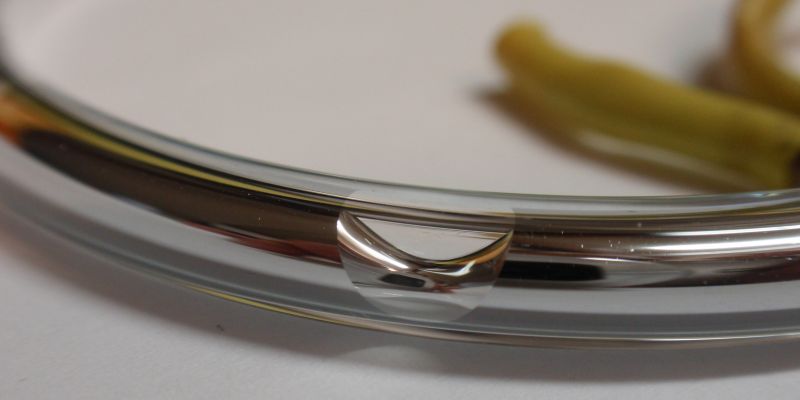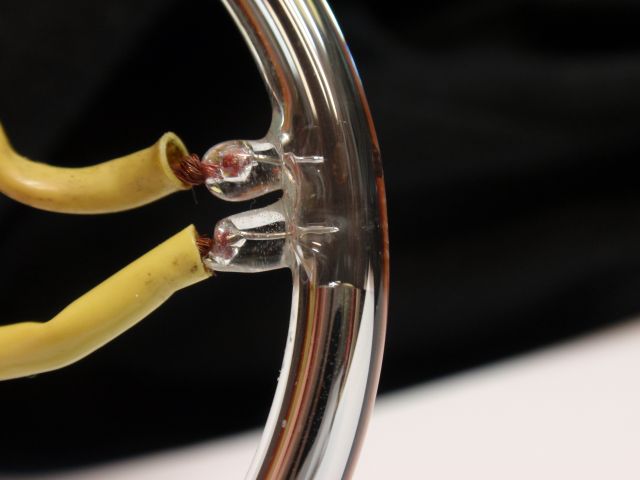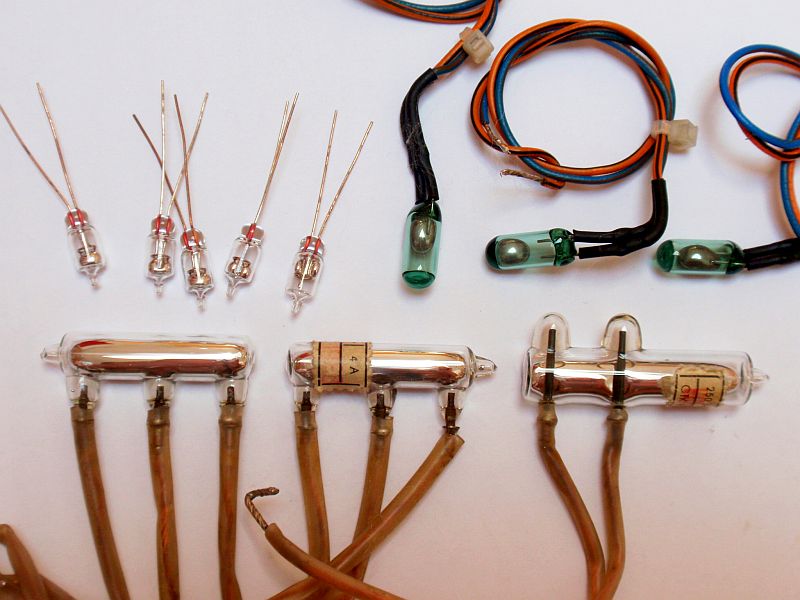Mercury tilt switch (position sensor) is a glass container (tube) with two or more electrodes containing mercury (Hg). Mercury, one of only two liquid elements, forms the liquid conductor. The rest of the flask is filled with air, inert gas or vacuum. When the mercury switch is tilted the graviry makes the mercury move and it closes or opens the circuit between the electrodes depending on the position. Mercury switches found application when detecting position, vibration, acceleration, and also in the relay, where the mercury eliminates the wear of regular (solid metal) contacts. They can be used for example in vehicle, security, vending machines (with tilt, vibration and shock alarm), bimetal thermometers, bombs, construction machines or stair machines. Recently, however, they phase out due to toxicity of mercury. Newer position sensor usually use metal balls instead of mercury. Power mercury switches are replaced with conventional relay contacts (which, however, have smaller lifetime) or semiconductor switches (MOSFETs, IGBTs, thyristors or SSR).


